Health
Study finds evidence of microplastics in brains and other organs
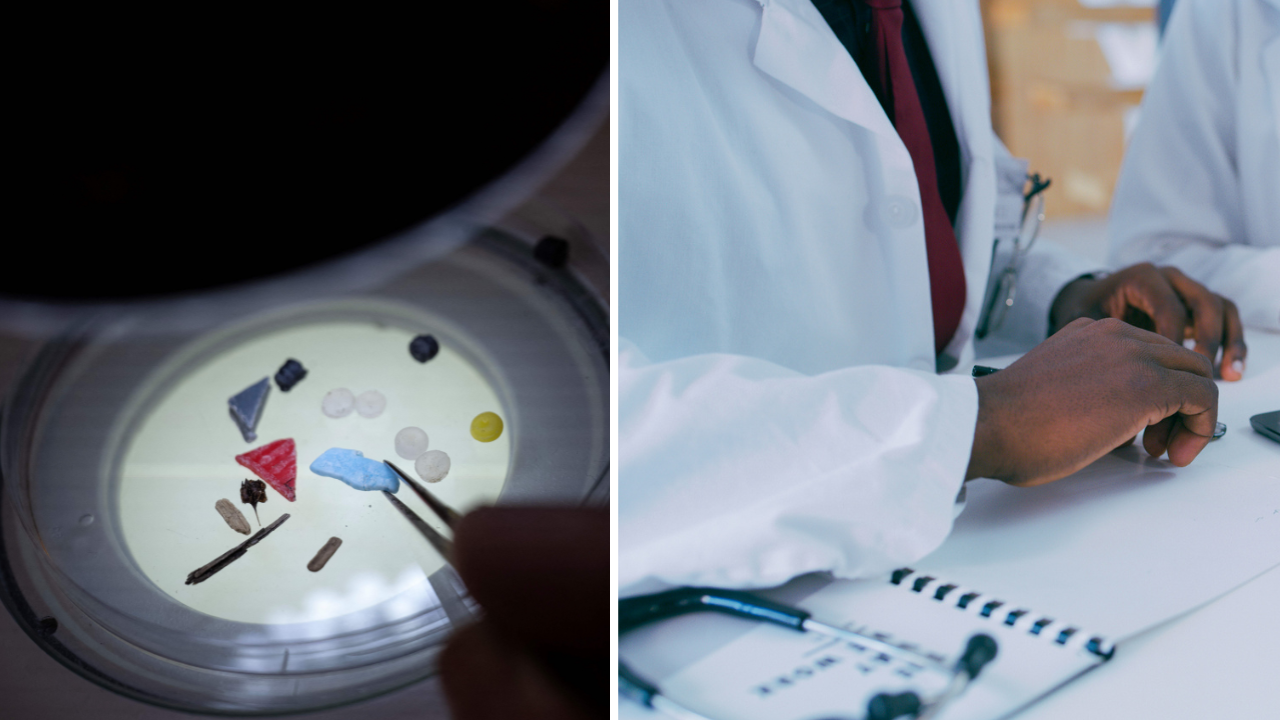
Two new studies have described the ways in which tiny microplastics can end up in humans’ organs – and even in the brains of mice.
One of the studies, published in Environmental Health Perspectives on Apr. 10., involved feeding healthy mice microplastics over a period of four to eight weeks. Scientists later found that various organs in the mice were contaminated.
“In mice that ingested microspheres, we detected polystyrene microspheres in distant tissues including the brain, liver, and kidney,” the study’s results section reads.
“Additionally, we report on the metabolic differences that occurred in the colon, liver, and brain, which showed differential responses that were dependent on concentration and type of microsphere exposure.”
SCIENTISTS REVEAL SIMPLE NEW PROCESS THAT MAY HELP ELIMINATE TOXIC CHEMICALS FROM EVERYDAY ITEMS
Doctors and researchers are investigating the impact of microplastics in the human body. (Getty Images / iStock)
Another study published in the Journal of Hazardous Materials on Apr. 5 experimented on both humans and mice. Researchers found that patients under 50 years old had significantly higher toxic substances in their gallstones – which are hardened pieces of excess bile in the gallbladder. After being fed microplastics, the gallstones of the mice in the study had formed at a faster rate.
“Our study revealed the presence of microplastics in human gallstones, showcasing their potential to aggravate chololithiasis by forming large cholesterol-microplastic heteroaggregates and altering the gut microbiota,” the paper stated.
The impacts of microplastics on humans is being investigated, and has caused widespread concern – especially because most Americans have been exposed to them their entire lives. Dr. Janette Nesheiwat told Fox News Digital that microplastics “are everywhere.”
‘FOREVER CHEMICALS’ FOUND IN US DRINKING WATER, MAP SHOWS ‘HOT SPOTS’ OF HIGHEST LEVELS
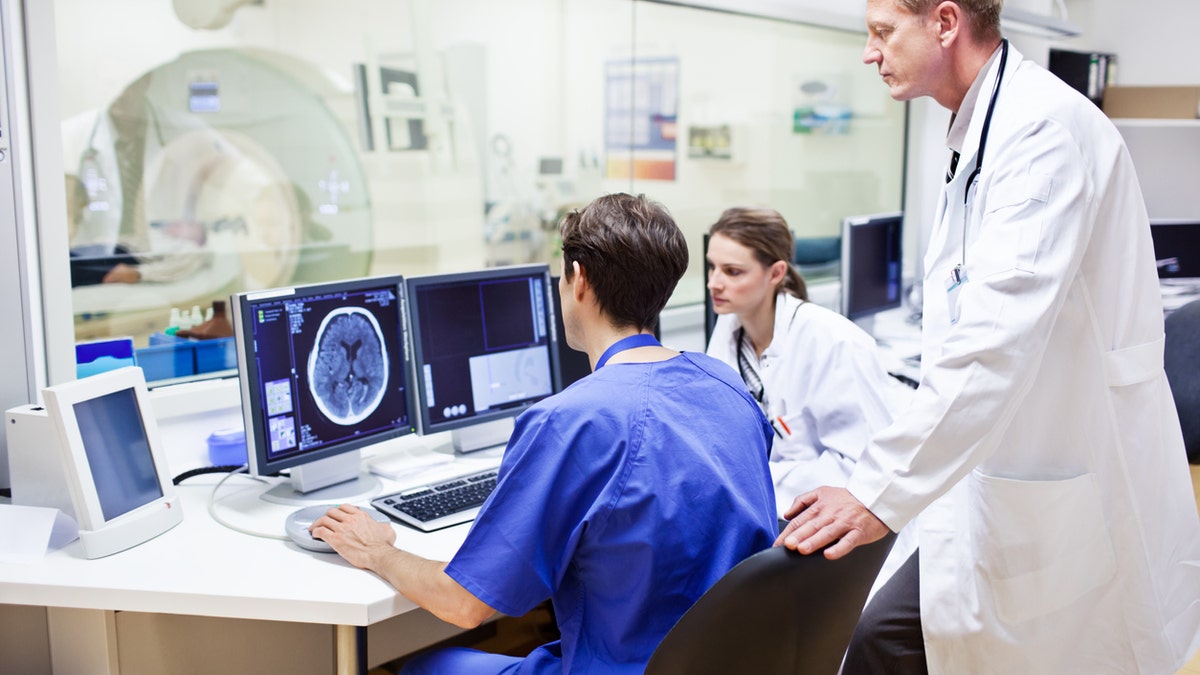
Many medical professionals are concerned about the impact microplastic ingestion has on humans. (iStock)
“We are consuming them unknowingly at unprecedented levels, ingesting them and inhaling them,” she explained. “Microplastics, especially at high levels, cause inflammation in the body.”
“Any foreign body such as a microplastic can cause irritation and inflammation in the body which can accumulate, disrupt normal cell function, and lead to an increase in organ injury.”
Nesheiwat said that microplastics have distinctly harmful effects depending on which organ they find their way to. To lower one’s microplastic intake, she recommends choosing glass over plastic products and choosing foods with lower microplastic contamination.
CLICK HERE TO SIGN UP FOR OUR HEALTH NEWSLETTER
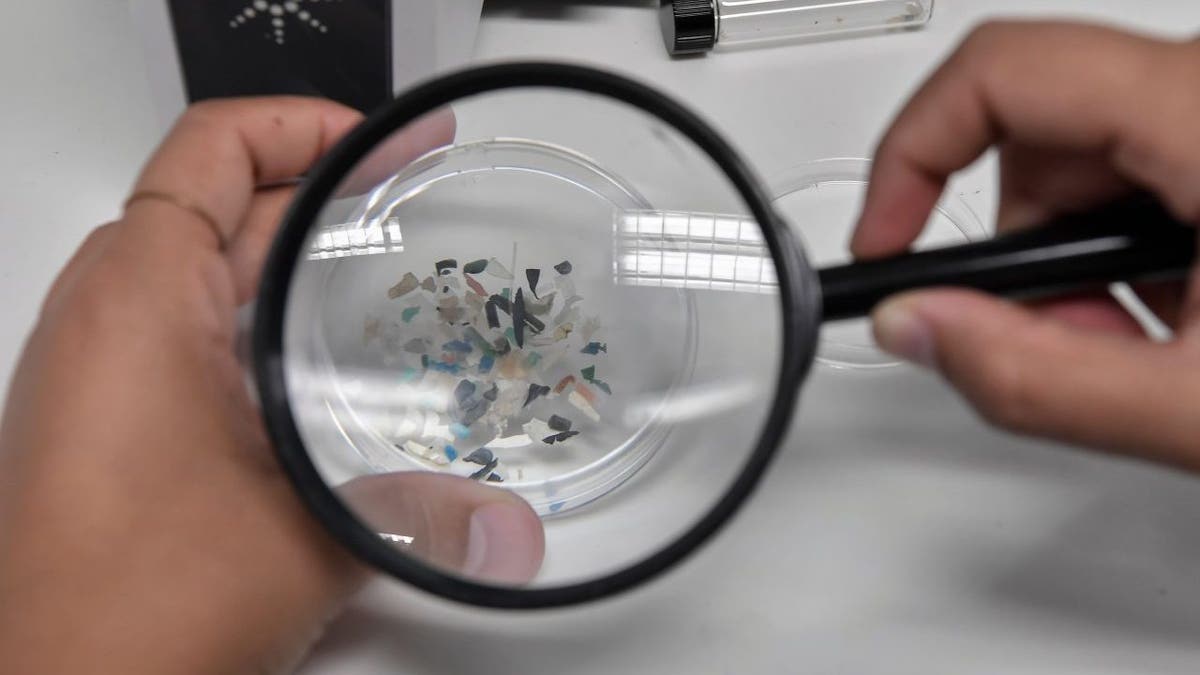
A biologist looks at microplastics found in sea species at the Hellenic Centre for Marine Research near Athens, on November 26, 2019. (LOUISA GOULIAMAKI/AFP via Getty Images)
“Microplastics can affect the liver by causing stress and inflammation and impairing liver function,” she said. “In the brain, it causes neuroinflammation and disrupts brain signaling.”
Fox News medical contributor Dr. Marc Siegel, however, told Fox News Digital that the impacts of microplastics on humans are still unknown.
“Though we need to track this, there is still no direct evidence that microplastics in cells lead to untoward health outcomes,” he explained. “This may be proven wrong as more accumulate, and I am certainly concerned about cancer risks from chemical spills or in contaminated water or areas where waste was poorly stored in the environment.”

Mice were tested in the recent scientific studies about the impact of microplastics on health. (iStock)
“At the same time, the greatest health risks still come from sedentary behavior, obesity, untreated high blood pressure, poor sleep and little exercise,” he added.
For more Health articles, visit foxnews.com/health.

Health
As 'Blue Bloods' Says Farewell, Take a Final Look at the Show's Beloved Cast

Sign Up
Create a free account to access exclusive content, play games, solve puzzles, test your pop-culture knowledge and receive special offers.
Already have an account? Login
Forgot your password?
Get back to the Sign In
Use left and right arrow keys to navigate between menu items.
Use escape to exit the menu.
Health
Common mental health problem can shorten cancer survivors’ lives, study finds: ‘Critical issue’

Cancer survivors who feel lonely tend to have a greater risk of dying, research suggests.
The study, led by the American Cancer Society (ACS) and published in the Journal of the National Comprehensive Cancer Network (JNCCN), found that cancer survivors with the highest levels of loneliness had the highest mortality risk, according to a press release.
Researchers analyzed 3,447 cancer survivors 50 years of age and older, pulling data from the 2008-2018 Health and Retirement Study.
CANCER CASES IN THE SPOTLIGHT AS WHITE HOUSE DECLARES APRIL 2024 ‘CANCER PREVENTION AND EARLY DETECTION MONTH’
They used the UCLA Loneliness Scale to gauge levels of loneliness, ranging from none to severe.
“In this study, we found that elevated loneliness was associated with higher mortality risk among cancer survivors,” study author Jingxuan Zhao, senior associate scientist, health services research at the ACS, told Fox News Digital in an email.
Cancer survivors who feel lonely tend to have a greater risk of dying, new research suggests. (iStock)
“Prior research has shown that loneliness is associated with higher mortality risk in the general population, and the results are generally as expected.”
The researchers were somewhat surprised at the “robustness” of the findings and the fact that mortality risk was related to the degree of loneliness reported by survivors, Zhao noted.
CANCER RATES RISING IN YOUNG PEOPLE DUE TO ‘ACCELERATED AGING,’ NEW STUDY FINDS: ‘HIGHLY TROUBLING’
There are over 18 million cancer survivors in the U.S. and that number is expected to increase to 22 million by 2030, the release stated.
“We need to address this critical issue now,” Zhao said.
Steps to curb loneliness among survivors
Based on the findings, the researchers are calling for more programs to screen for loneliness and to improve social support for cancer survivors.
“This study has important clinical implications for health care providers,” Zhao said.

“For many older adults, retirement, the death of friends and spouses, loss of mobility, pain, illness, cognitive decline and life changes contribute to the feeling of a lack of purpose, which can lead to or worsen depression,” a mental health expert warned. (iStock)
“Our findings also highlight the importance of care coordination by cancer care clinicians and other specialty care providers and primary care to ensure that cancer survivors receive timely screening and effective intervention for loneliness.”
Added Zhao, “This study is especially timely given the recent Advisory on the Healing Effects of Social Connection and Community by the U.S. Surgeon General, which highlighted the adverse effects of loneliness for individuals and also for public health.”
LONELINESS CRISIS SWEEPING AMERICA COULD BE AS DEADLY AS SMOKING, SURGEON GENERAL WARNS
Lisa A. Lacasse, president of the ACS’ Cancer Action Network, emphasized the importance of investing in “patient navigation services” to help with survivors’ social and emotional needs.
“No one should have to take on cancer alone, and having a patient navigator helps ensure no one has to by providing necessary support throughout a complex and confusing diagnosis,” she said in the release.
Mental health experts reveal reactions
Diana Santiago, a licensed clinical social worker and supervisor of the Older Adult Program at Caron Treatment Centers in Pennsylvania, noted that the loneliness epidemic among older adults is “real and pervasive” — and not just among cancer survivors.
“Often, older adults will limit their social interactions and activities because of illness, fatigue or physical limitations.”
“For many older adults, retirement, the death of friends and spouses, loss of mobility, pain, illness, cognitive decline and life changes contribute to the feeling of a lack of purpose, which can lead to or worsen depression,” she told Fox News Digital.
“All of these factors are isolating, and often older adults will limit their social interactions and activities because of illness, fatigue or physical limitations.”
CLICK HERE TO SIGN UP FOR OUR HEALTH NEWSLETTER
Dr. Barbara Krantz, medical director of the Florida branch of Caron Treatment Centers, said she agreed that health care providers should screen for loneliness.
“Identification of these patients could diagnose, treat and enhance their life and give them hope for the future,” she said.
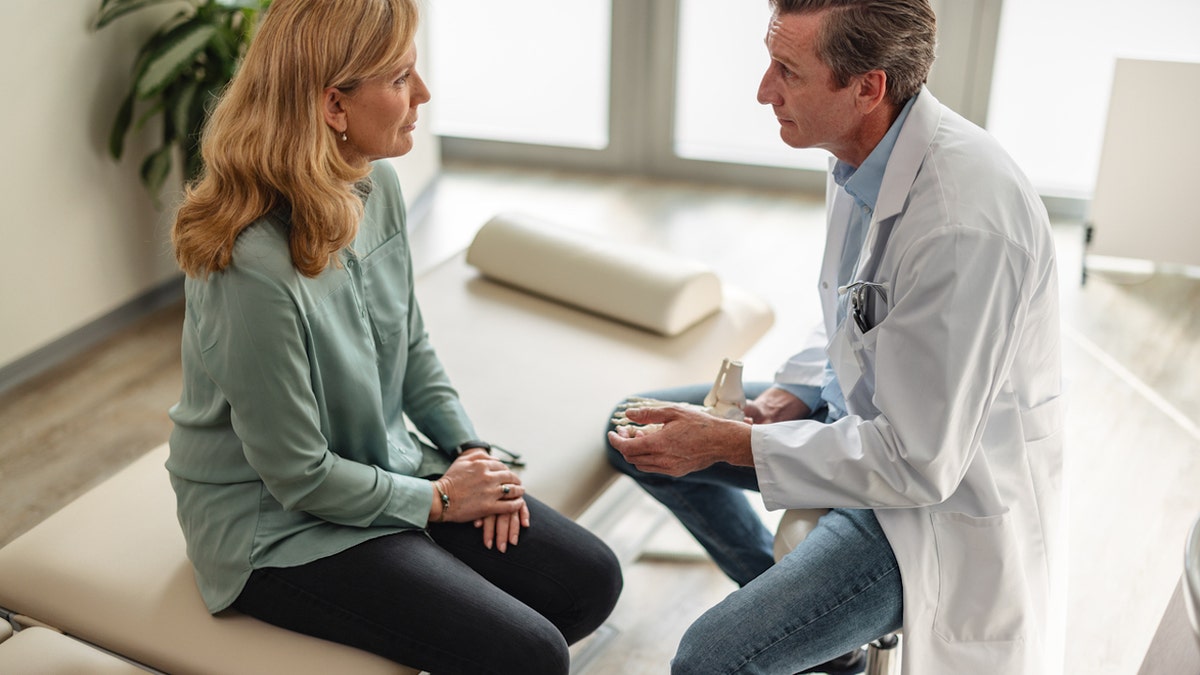
Experts agreed that providers should screen for loneliness. (iStock)
There were some limitations of the ACS study, the researchers acknowledged.
“Cancer-related information, such as cancer type, stage at diagnosis and whether respondents were receiving cancer treatment at the time of the survey, was not systematically collected,” Zhao told Fox News Digital.
“Understanding if these cancer-related factors can modify the association of loneliness and survival will be important for future studies.”
For more Health articles, visit www.foxnews.com/health.
Health
Breast cancer mammogram screenings should start at age 40 instead of 50, says health task force
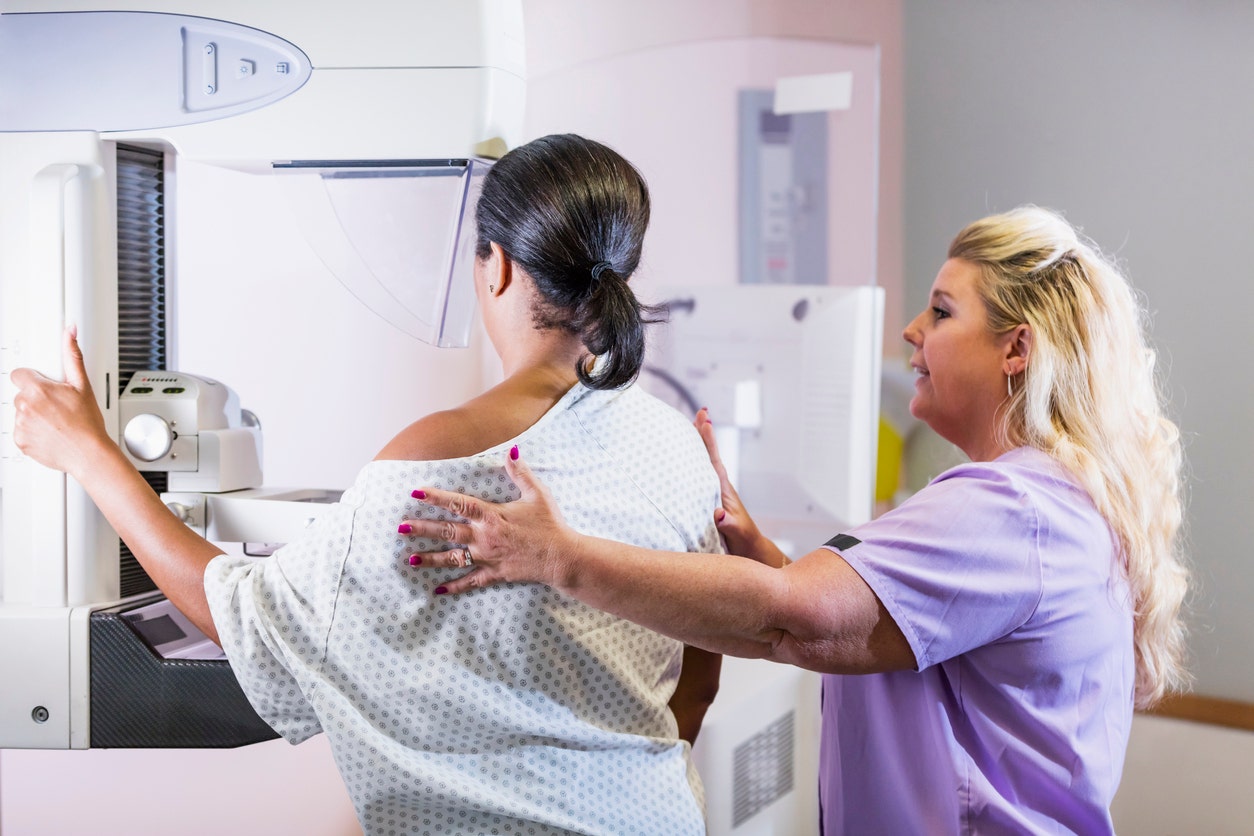
Women should get mammograms every other year starting at age 40, according to updated recommendations from the U.S. Preventive Services Task Force (USPSTF).
This is a significant change from previous guidelines, which said women should begin biennial mammograms at age 50, but could opt to begin as young as 40.
The task force also noted that there is not sufficient evidence to “assess the balance of benefits and harms” of additional breast cancer screenings — including ultrasounds and MRIs — for women with dense breast tissue who have had an otherwise negative screening mammogram.
SOME BREAST CANCER PATIENTS COULD BE AT RISK OF ANOTHER TYPE OF CANCER, STUDY REVEALS
The USPSTF previously released these recommendations in draft form in May 2023.
Tuesday’s announcement makes the guidance official.
Women should get mammograms every other year starting at age 40, according to updated recommendations from the U.S. Preventive Services Task Force. (iStock)
Other medical groups have already been recommending mammograms starting at younger ages.
The American College of Radiology recommends starting annual screenings at age 40 for women of average risk, with earlier screenings for high-risk patients.
The American Cancer Society states that women between 40 and 44 have the option to get annual mammograms, and officially recommends that women between 45 and 54 get them every year.
ICE THERAPY SHOWN TO KILL BREAST CANCER TUMORS IN NEW STUDY: ‘IMPORTANT TECHNIQUE’
The updated guidance is in response to cancer rates rising among young people and breast cancer rates rising in particular, experts say.
Between 1990 and 2019, cancer rates among people 50 and younger have risen by 79%, according to research published in BMJ Oncology.

The previous guidance stated women should begin biennial mammograms at age 50, but could opt to begin as young as 40. (iStock)
Cancer rates for people under 50 are projected to rise by 31% by the year 2030, data shows.
Breast cancer is the second leading cause of cancer death in women, according to the American Cancer Society, with rates rising 2% each year since 2015.
AN OVERVIEW OF BREAST CANCER, SYMPTOMS TO LOOK OUT FOR, WHEN TO START THINKING ABOUT ROUTINE SCREENINGS
One in eight women will develop breast cancer in their lifetime, and each woman has a one in 40 chance of dying from the disease.
The earlier screening recommendation could save 19% more lives, the USPSTS stated.
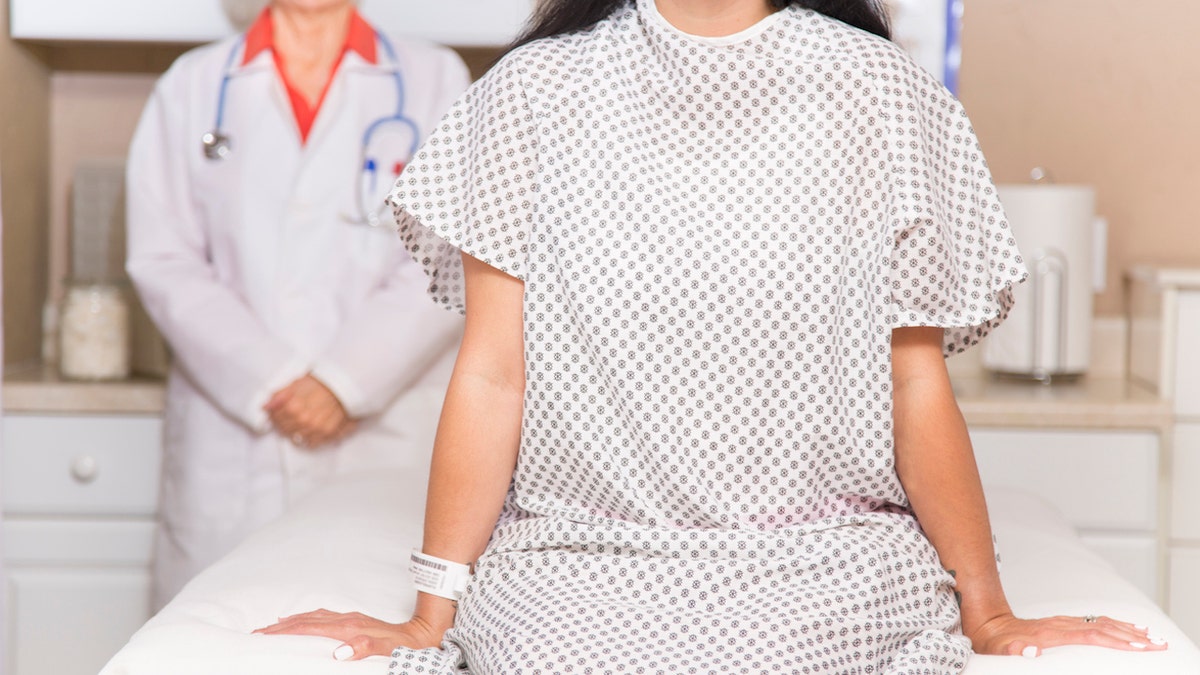
Breast cancer is the second leading cause of cancer death in women, according to the American Cancer Society. (iStock)
Reactions to the recommendation
Dr. Michelle Specht, a breast surgeon and co-director of the Avon Comprehensive Breast Evaluation Center at Mass General Cancer Center, said she is “thrilled” that the USPSTF has finalized its recommendations for earlier screenings.
“We have seen a rise in the incidence of breast cancer in women in their 40s over the last eight years and know that starting mammography at 40 will allow us to detect cancers at a smaller size and earlier stage,” she told Fox News Digital.
“Early detection not only leads to improved survival, but an improved quality of life. As a surgeon, I am able to do smaller surgeries — and my medical oncology colleagues can deescalate treatment — when cancers are detected early.”
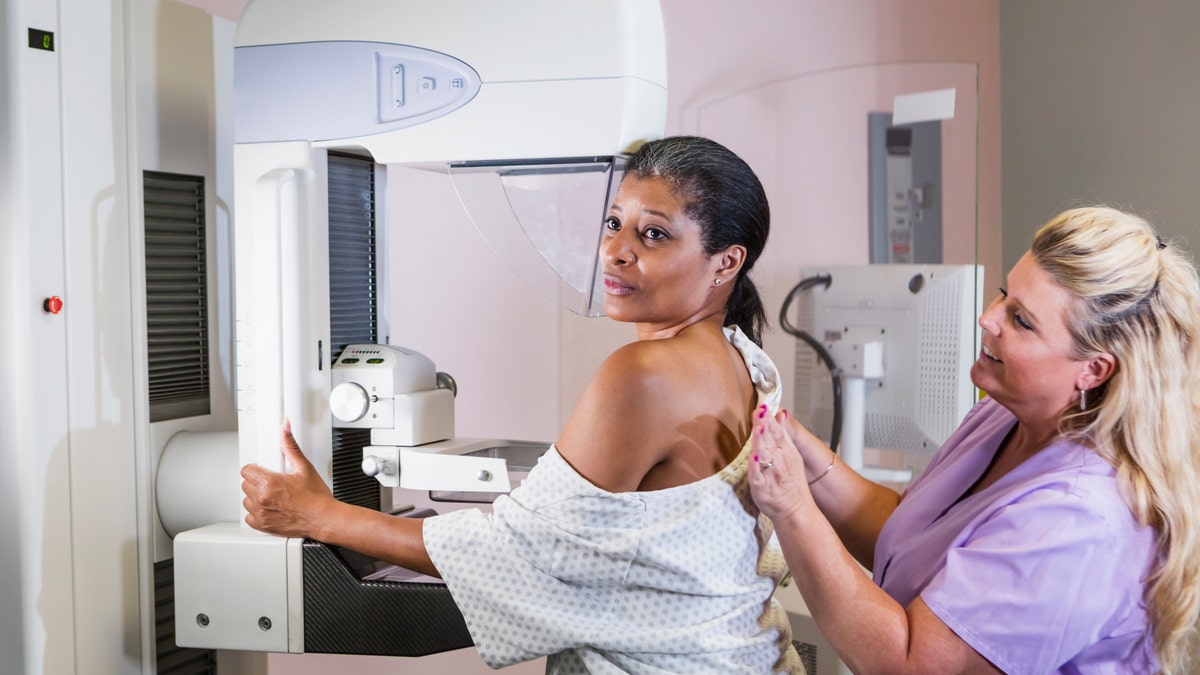
One in eight women will develop breast cancer in their lifetime, and each woman has a one in 40 chance of dying from the disease. (iStock)
Dr. Karen Knudsen, CEO of the American Cancer Society in Virginia, said in a statement the decision is a “critical change concerning women’s health and the fight against breast cancer,” and that it sends “a strong message to referring physicians and women that breast cancer screening should begin earlier than age 50.”
“Mammography screening is the cornerstone of our strategy to find this potentially deadly disease early, when it’s easier to treat successfully,” she said in the statement.
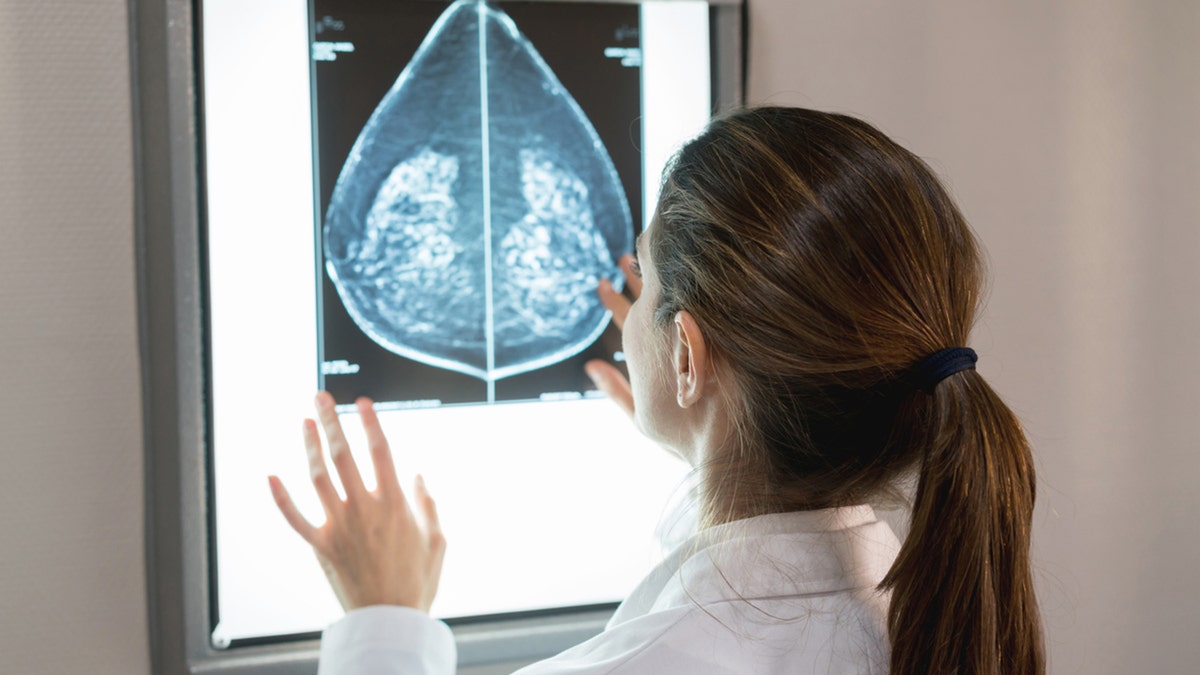
“Mammography screening is the cornerstone of our strategy to find this potentially deadly disease early, when it’s easier to treat successfully,” said the CEO of the American Cancer Society. (iStock)
“We are encouraged that among the reasons for the USPSTF changes in their breast cancer screening recommendations include eliminating health disparities, especially among Black women, who are 40% more likely to die of breast cancer compared with White women and have a higher risk of aggressive breast cancers at all ages,” Knudsen added.
CLICK HERE TO SIGN UP FOR OUR HEALTH NEWSLETTER
Dr. Nancy Chan, a medical oncologist at NYU Langone Perlmutter Cancer Center, shared her reaction to the updated guidelines.
“No significant difference was found in different screening methods, i.e., DBT (digital breast tomosynthesis) versus digital mammogram,” she told Fox News Digital.
“In patients with dense breast tissue, the addition of MRI may reduce cancer risk and false positive recalls.”
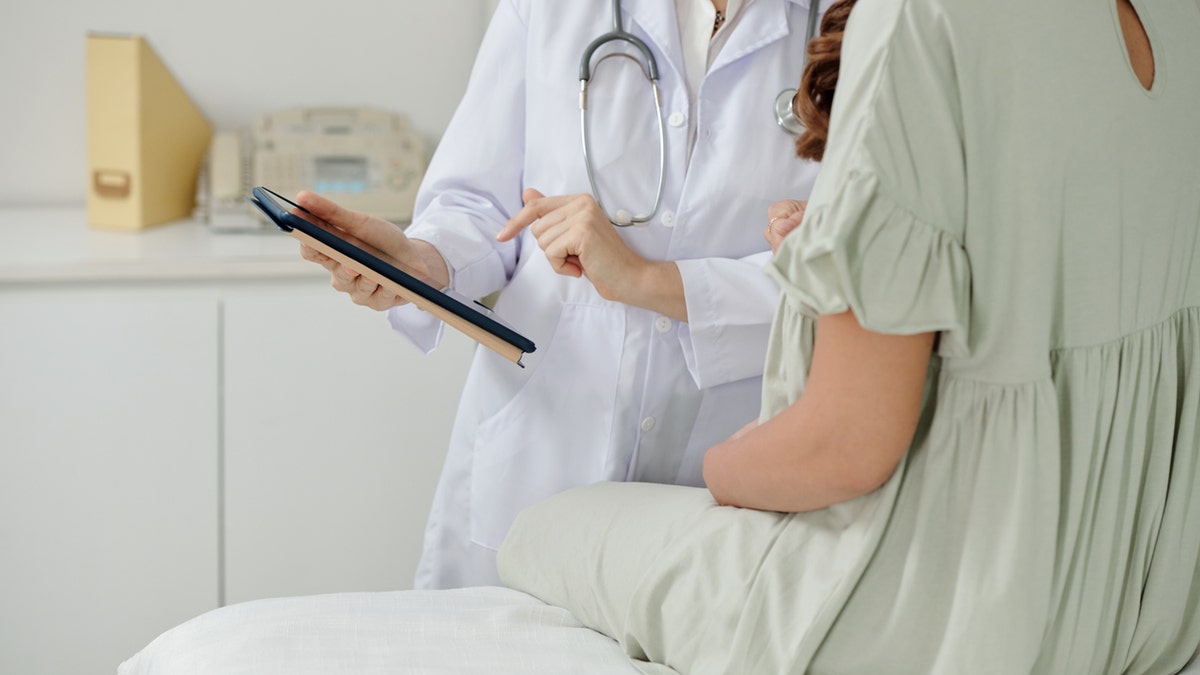
If a woman has a family history of breast cancer, she should meet with her doctor to have a breast cancer risk analysis performed, a doctor said. (iStock)
In clinical practice, Chan said the majority of patients undergo annual screenings with mammograms, instead of once every two years.
“Practically, in the urban setting, most patients are already and will continue to have screening with mammogram with tomosynthesis (3D mammography),” she added.
“Each patient must consider the best screening method for their individual cancer risk, such as breast density and family history.”
If a woman has a family history of breast cancer, she should meet with her doctor to have a breast cancer risk analysis performed, Specht said.
“This risk analysis will allow their physician to tailor breast cancer screening,” she noted.
“A woman at high risk of developing breast cancer may begin prior to 40 and may do both mammograms every year, [along with] supplemental screening, such as a breast MRI.”
For more Health articles, visit www.foxnews.com/health.
-

 Education1 week ago
Education1 week agoVideo: Dozens of Yale Students Arrested as Campus Protests Spread
-

 World1 week ago
World1 week agoEU sanctions extremist Israeli settlers over violence in the West Bank
-

 Politics1 week ago
Politics1 week ago'Nothing more backwards' than US funding Ukraine border security but not our own, conservatives say
-

 Politics1 week ago
Politics1 week agoDemocrats hold major 2024 advantage as House Republicans face further chaos, division
-

 Politics1 week ago
Politics1 week agoFetterman hammers 'a–hole' anti-Israel protesters, slams own party for response to Iranian attack: 'Crazy'
-

 World1 week ago
World1 week agoPeriod poverty still a problem within the EU despite tax breaks
-

 Politics1 week ago
Politics1 week agoA battle over 100 words: Judge tentatively siding with California AG over students' gender identification
-

 Movie Reviews1 week ago
Movie Reviews1 week agoShort Film Review: Wooden Toilet (2023) by Zuni Rinpoche















